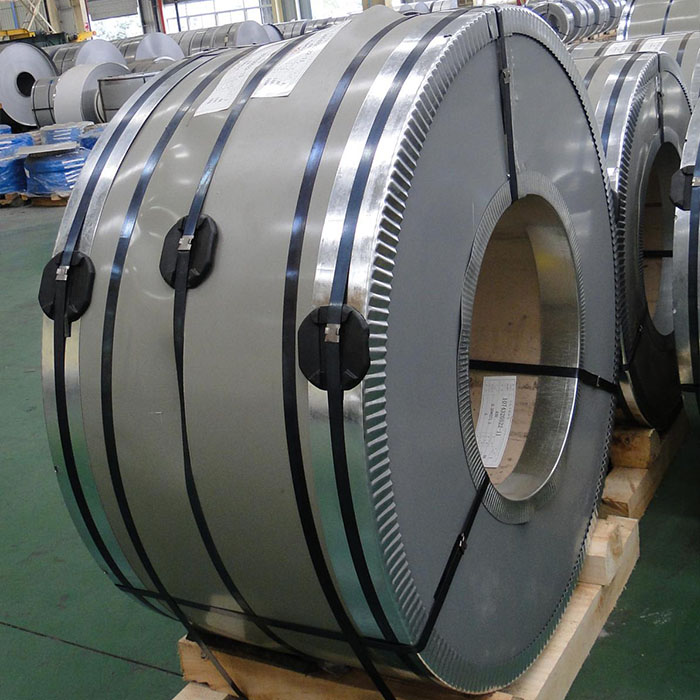Why Stainless Steel Coil Is a Key Material Across Modern Industries
2025-06-17
When it comes to strength, durability, and corrosion resistance, few materials compare to stainless steel coil. From construction and automotive to kitchenware and medical devices, stainless steel coils are used everywhere—and for good reason.
But what exactly is a stainless steel coil? And why is it so widely used in both heavy-duty and everyday applications?
Let’s break it down.

What Is a Stainless Steel Coil?
A stainless steel coil is a long, continuous strip of stainless steel that is rolled into a coil for easier handling and processing. It’s typically produced in hot-rolled or cold-rolled form and comes in various grades, widths, and thicknesses to meet different industrial needs.
The most common stainless steel grades used in coil form include 304, 316, 201, and 430, each offering different properties based on the alloy composition.
Key Benefits of Stainless Steel Coil
1. Corrosion Resistance
Stainless steel coils are highly resistant to rust and corrosion, making them perfect for outdoor use, marine environments, and industries that require hygiene—like food processing and pharmaceuticals.
2. Strength and Durability
Stainless steel has a high strength-to-weight ratio and resists wear and deformation, making it ideal for heavy machinery, structural components, and automotive panels.
3. Excellent Workability
Coils can be easily cut, shaped, stamped, or welded, making them suitable for manufacturing custom parts, appliances, and decorative finishes.
4. Aesthetic Appeal
With a clean, shiny surface, stainless steel coils are often used in visible applications, from modern kitchens to architectural facades.
5. Recyclable and Eco-Friendly
Stainless steel is 100% recyclable, which makes it a sustainable choice for environmentally conscious industries.
Common Applications of Stainless Steel Coil
Construction: Roofing, wall cladding, structural beams, and drainage systems
Automotive: Exhaust systems, body panels, trim parts
Kitchenware: Sinks, countertops, appliances, cookware
Medical Equipment: Surgical instruments, lab furniture, sterilization trays
Industrial Use: Chemical tanks, pipelines, heat exchangers
Its versatility makes stainless steel coil one of the most sought-after materials in manufacturing and infrastructure.
Hot-Rolled vs. Cold-Rolled Coil
Hot-Rolled Coil: Processed at high temperatures. It has a rougher finish and is typically used in structural or industrial applications where surface smoothness isn’t a priority.
Cold-Rolled Coil: Processed at room temperature for improved surface finish, tighter tolerances, and increased strength. Commonly used in high-precision and decorative applications.
Choosing the Right Stainless Steel Coil
When selecting stainless steel coil for your project, consider:
Grade: 304 for general use, 316 for marine/chemical environments, 430 for magnetic properties
Surface Finish: 2B, BA, No.4, or mirror finish based on your aesthetic or functional needs
Thickness and Width: Based on your structural or design requirements
Tensile Strength: For load-bearing or high-impact applications
Working with a reliable supplier ensures you receive high-quality coils tailored to your needs.
Final Thoughts
Whether you're building a skyscraper or designing a sleek kitchen appliance, stainless steel coil offers a strong, long-lasting, and attractive solution. Its balance of form and function has made it a foundational material in modern industry—and it’s not going away anytime soon.
Looking for quality stainless steel coils for your next project? Make sure you choose the right grade, finish, and supplier to get the job done right.


